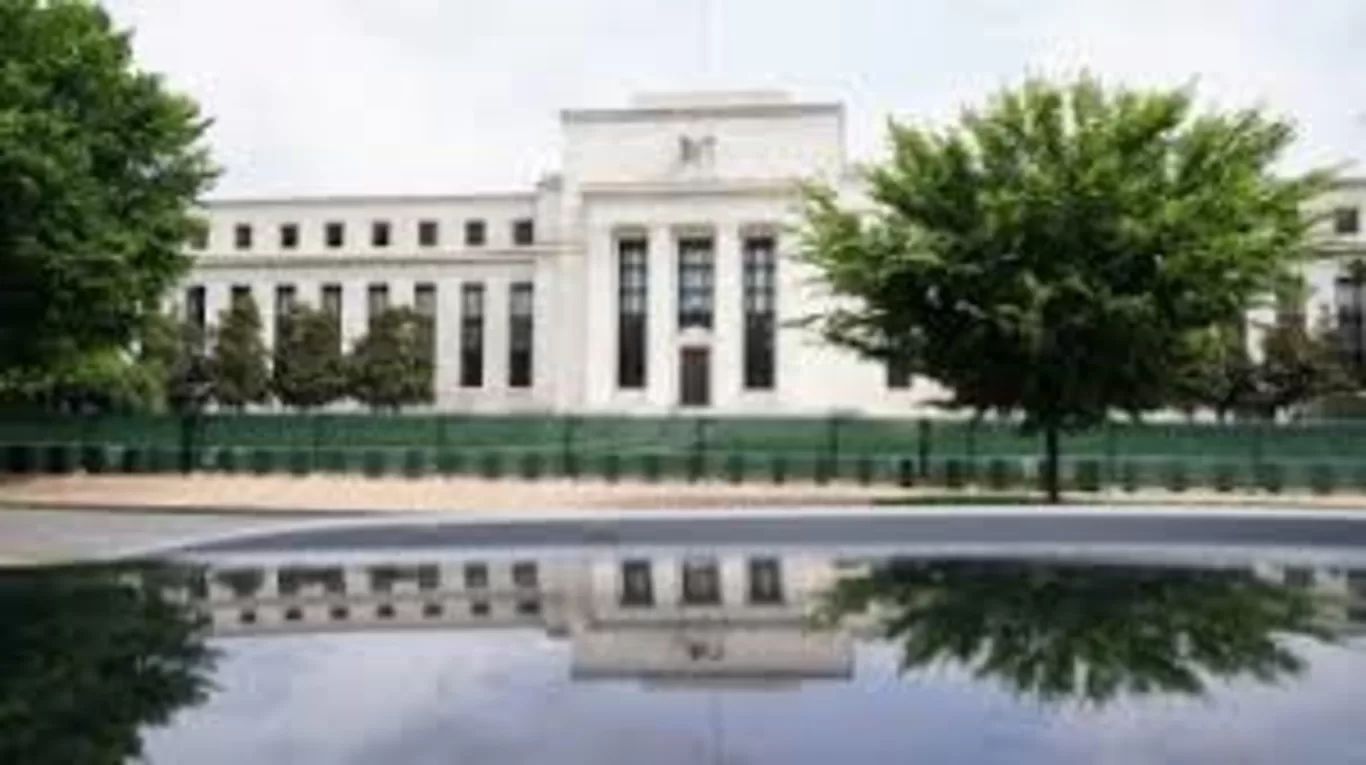“How the Fed’s Rate Cuts Could Affect Your Wallet This December!”
The Federal Reserve is gearing up for another interest rate cut, likely trimming it by a quarter percentage point on December 18 at the conclusion of its two-day meeting. If this happens, it’ll be the Fed’s third consecutive cut since September, collectively lowering the federal funds rate by a full percentage point.
So, why is the Fed moving cautiously? Well, after aggressively hiking rates to combat the worst inflation in 40 years, they’re now adjusting their approach. According to Jacob Channel, a senior economic analyst at LendingTree, this might be the last rate cut for a while. The Fed could hit pause to gauge the impact of the uncertain fiscal policies expected during President-elect Donald Trump’s second term.
In the meantime, consumers are feeling the pinch of high interest rates on loans, from credit cards to mortgages. Let’s break down what this all means for your wallet:
Credit Cards
If you have a credit card, chances are it has a variable rate tied to the Fed’s benchmark. Over the last year, the average credit card rate shot up from 16.34% to a staggering 20.25%, near record highs. While a rate cut could provide some relief, it might take a few months to see any real change. Greg McBride of Bankrate suggests tackling debt proactively—consider transferring your balance to a 0% interest card and focusing on paying it down.
Mortgages
Mortgage rates tell a slightly different story. Fixed-rate mortgages, like the common 30-year loan, don’t fluctuate with Fed cuts since they’re tied to Treasury yields and broader economic trends. Currently, the average 30-year fixed-rate mortgage sits at 6.67%, down slightly from recent months but far above the low of 6.08% in September. As Jacob Channel notes, mortgage rates are unpredictable in the short term, so refinancers should stay vigilant.
Auto Loans
Auto loans, although fixed, are becoming less affordable because car prices continue to climb. The average rate for a five-year new car loan is around 7.59%. McBride points out that even with lower rates on the horizon, high sticker prices mean hefty monthly payments—on average, around $40,000 is being financed. That’s a tough pill for most budgets.
Student Loans
For federal student loans, interest rates remain fixed, so the Fed’s moves won’t impact those directly. However, if you have private loans with variable rates, you could see some savings. Mark Kantrowitz, a higher education expert, advises exploring refinancing options for private loans—but warns against refinancing federal loans into private ones, as it forfeits valuable safety nets like income-driven repayment plans and forgiveness options.
Savings Accounts
On the flip side, savers are benefiting from the Fed’s recent rate hikes. Top online savings accounts still offer nearly 5% returns, which McBride describes as “the best in decades.” If you’re looking to grow your cash, now’s a great time to shop around for competitive rates.
As Brett House from Columbia Business School explains, while the Fed’s rate adjustments can ease financial pressures, not all interest rates respond directly. Whether it’s credit cards, mortgages, or savings accounts, understanding how these changes affect you can help you make smarter financial decisions.
#InterestRates #PersonalFinanceTips #FederalReserve #SavingsAndLoans#EconomicUpdates
